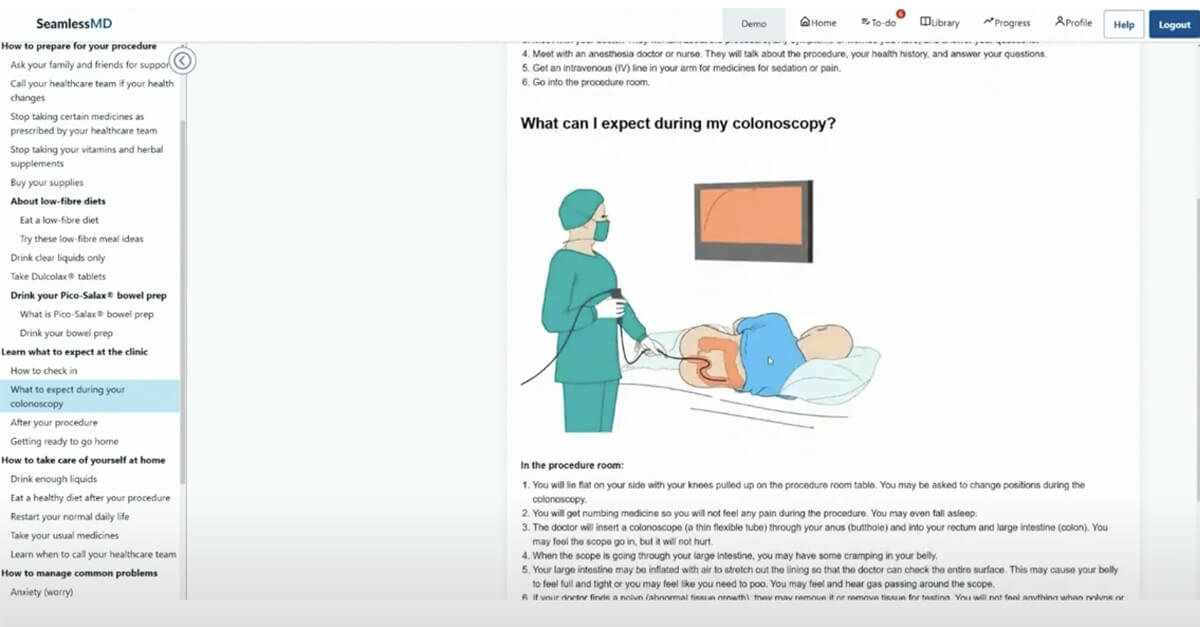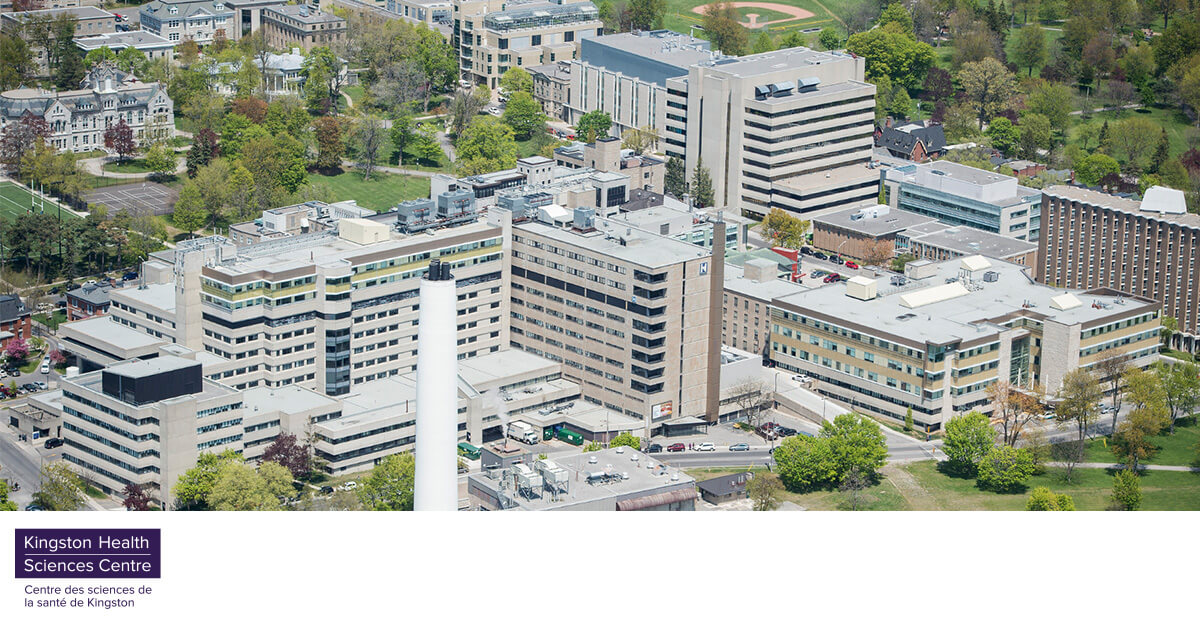Subscribe on: RSS | SPOTIFY | APPLE PODCAST | GOOGLE | BREAKER | ANCHOR
Video:
In this episode of the SeamlessMD Podcast, Dr. Joshua Liu, Co-founder & CEO at SeamlessMD draws on experience to share tips on how to raise seed capital for a health-tech startup. See the full show notes below for details.
Guest(s): Dr. Joshua Liu (@joshuapliu), Co-founder & CEO at SeamlessMD
Episode 19 – Show notes:
[01:39] Dr. Liu shares an overview of specific startup lingo related to raising capital (e.g. "Angel investors = individuals, not a fund", "Seed round = typically a mix of angel investors + investor funds dedicated to seed rounds", "Venture capital or institutional funds = companies that professionally invest money");
[03:13] How an investor chooses companies to invest in by analyzing risk related to different variables of the company such as "Who is the team?", "What is the product and how far along is it?", "What is the market opportunity?", and "What is the traction so far?" and how these variables are not necessarily weighted equally;
[06:09] Why the story behind the team is meaningful to investors because it explains why this team/company is fit to solve the problem;
[07:28] How SeamlessMD raised an angel round with a prototype and 1-2 hospitals who committed to using the product (but hadn't started yet);
[08:47] Why a minimum-sellable product is more important than a minimum-viable product in healthcare because the bar for quality is much higher than any other industry due to patient safety concerns;
[09:50] Why it could take longer to get your first user in healthcare because you must pass certain requirements such as reliability, security, and infrastructure for managing patient data (e.g. HIPAA, PHIPAA, etc.);
[10:50] Why cold outreach is important for extending beyond your network and how it helped SeamlessMD acquire new investors, customers, and even new hires;
[12:24] Why sales is a vital skill for a founder to develop since selling shares of your company is just a different kind of product you're selling;
[12:50] Why you're selling vision early on and performance later on;
[14:05] How investment is viewed as fuel to hit certain milestones (e.g. milestone = product solves readmissions for 3 hospitals);
[16:38] Why every startup is different in terms of capital requirements due to unique barriers (e.g. R&D for Pharma) and how seed round sizes have changed over time;
[18:00] Why Dr. Liu advises raising money when you have momentum and don't need the money as opposed to raising money when you need it to avoid unfavorable deal terms;
[20:40] Dr. Liu explains the pros & cons of the two main types of investments or instruments for raising capital: 1. Equity financing - $ for % of equity, and 2. Convertible debt - $ loan with interest that can convert into shares if there is an equity round later on;
[22:55] Why a good investment/pitch deck covers:
1. What is the problem you're trying to solve?;
2. How you are solving it;
3. What's the market you're targeting?
4. What's the traction so far?
5. How big could the market be?;
6. Competitors;
7. Risk and how you de-risk;
8. Your business model;
9. Your team;
10. How much you are raising and what your plan is for the funds;
[24:00] Why your ability to tell a story is the most important factor because it gives investors confidence that you can sell your product to a business;
[25:20] Why, for a seed-round, specifics of what an investor looks for will vary, but how investors who have an emotional connection to your problem/solution/story will be more likely to invest;
[27:40] Why Dr. Liu would change SeamlessMD's initial milestones if he were to do it all over again because he has a better sense of what needs to be prioritized in order to succeed;
[29:40] How investors weight values differently and how, especially in healthcare, financial ROI is not the only factor involved in decision-making;
[31:29] How 50-75% of SeamlessMD's initial investors had a background in healthcare and/or were passionate about making a positive impact on patients;
[32:22] How investors have different levels of engagement and why always thinking about what is best for the company will help your decision-making around taking on new investors;
[35:37] Why Dr. Liu values startup incubators for the people involved and not necessarily the curriculum or events because the mentors and peers will remain once the incubator period ends;
[37:13] Dr. Liu's 3-step advice to raise seed capital for a health tech startup:
1. Deliver great output and "operate as if you are not going to have funding" because progress is the most important accomplishment to show investors and you will not need to rely on investors for success;
2. Work your network to find potential investors;
3. Lookup similar startups to yours, find out who invested in them, and reach out to those investors;
.svg)









.png)
